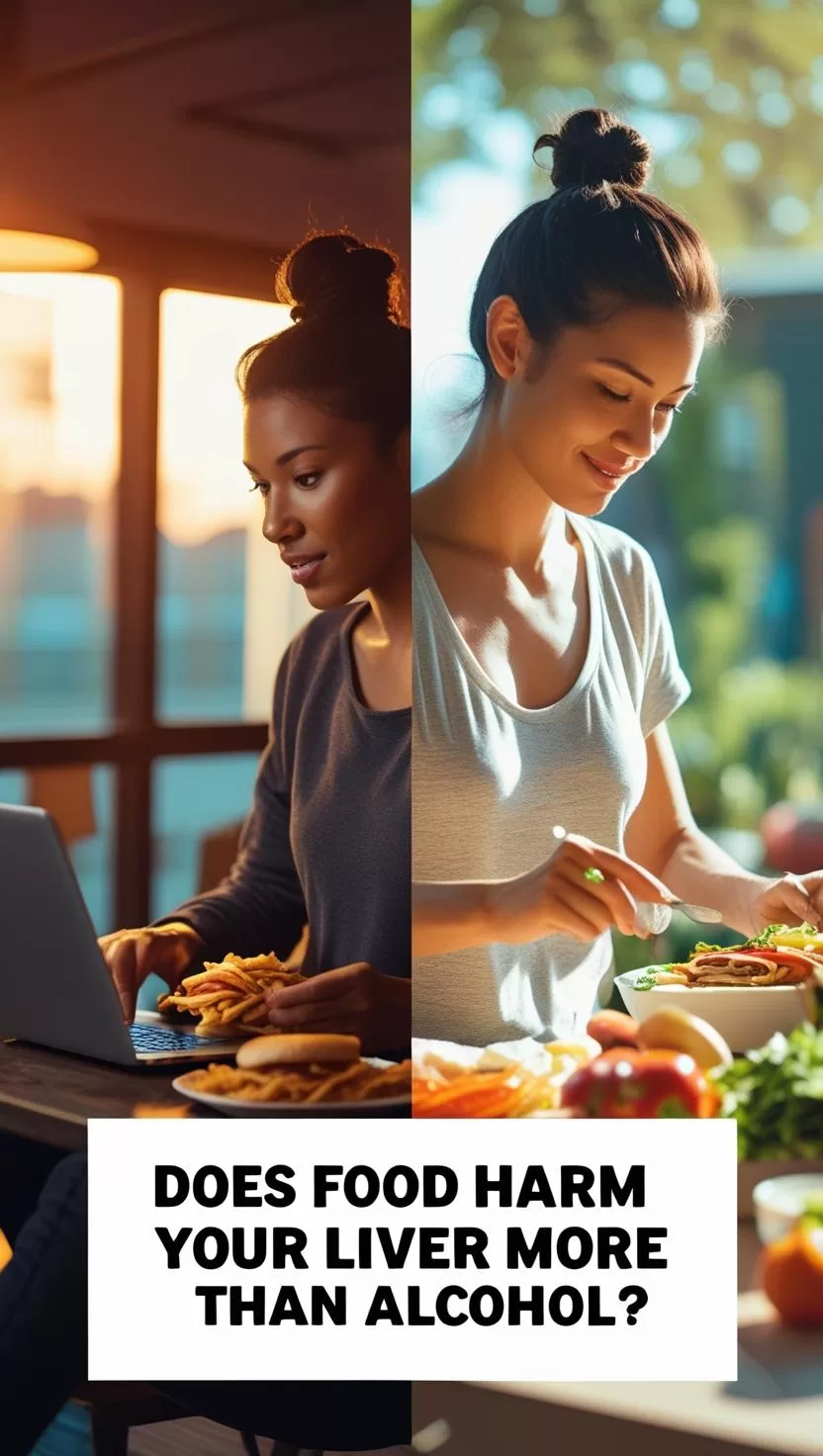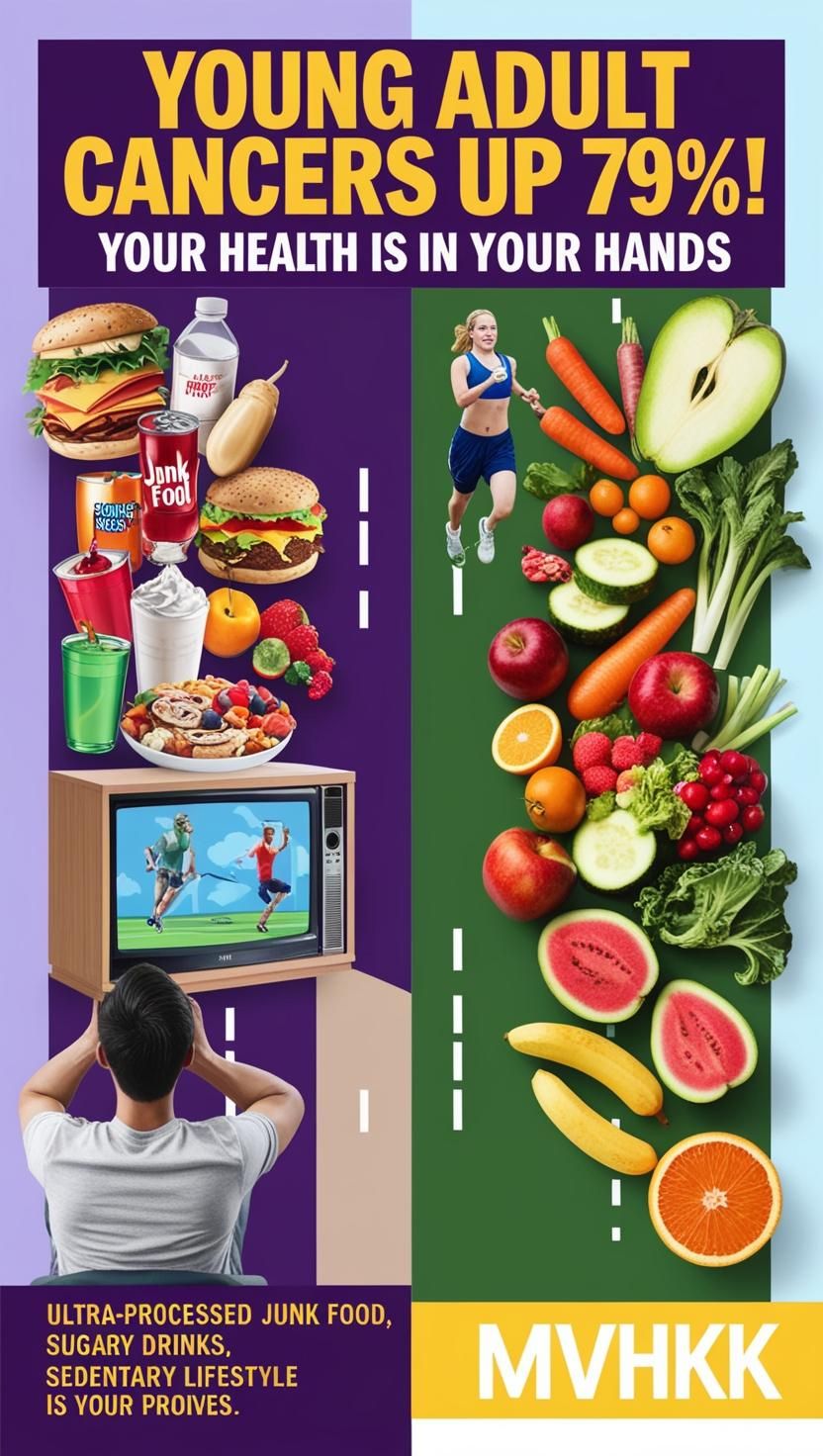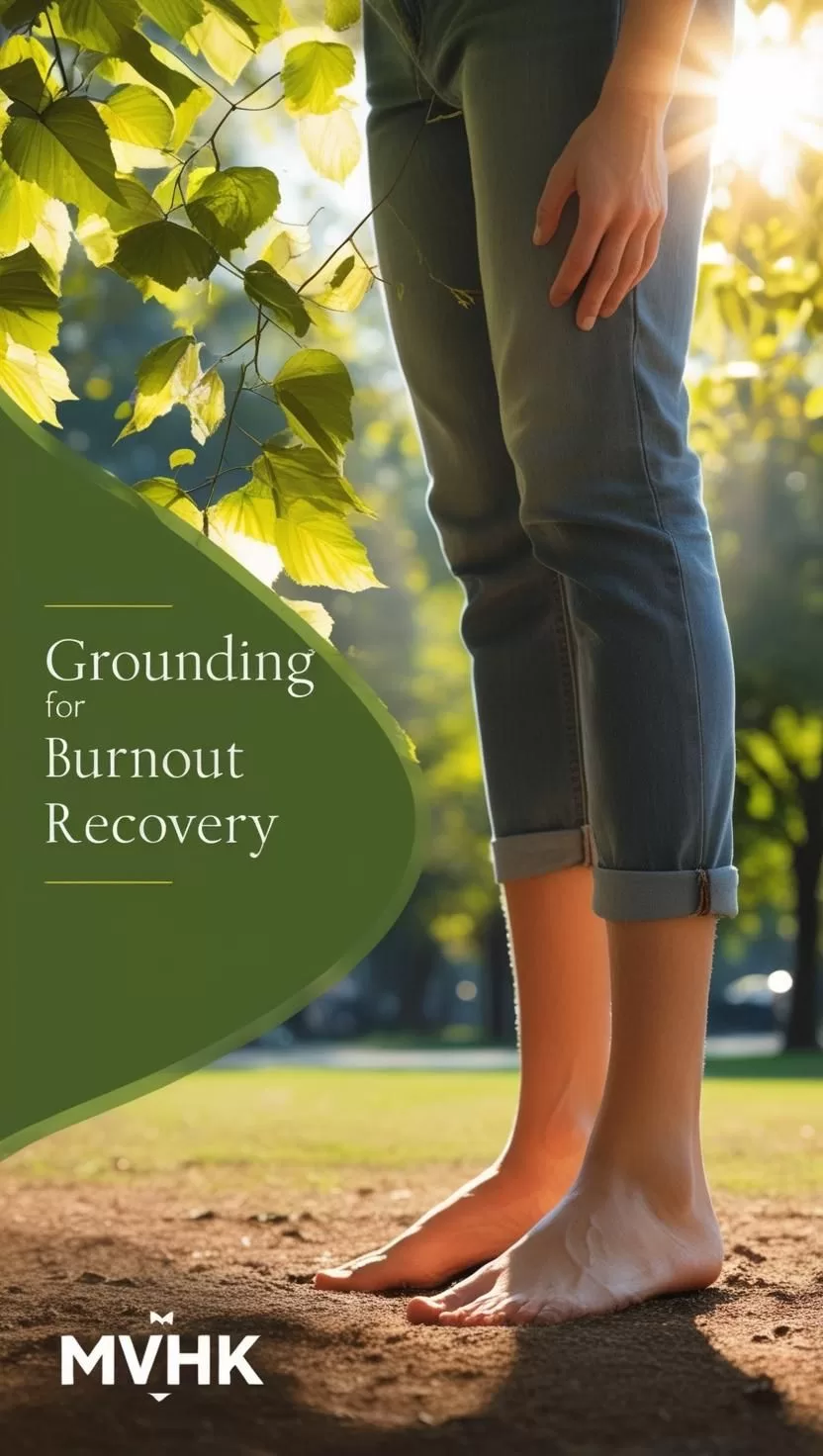Junk Food vs. Alcohol: Which Destroys Your Liver Faster?
The notion that alcohol is the main villain in liver disease is outdated. In reality, your diet may be causing more damage—quietly, gradually, and systemically. With liver cancer rates rising across the globe, doctors now point to a surprising cause: junk food and metabolic dysfunction, not just booze.
This article explores how processed food, sedentary lifestyles, and hidden sugars are linked to the explosive rise of liver diseases like MASLD (Metabolic dysfunction–associated steatotic liver disease), and how to reverse the trend with real, actionable changes.
🎯 The Science Behind Liver-Damaging Diets
Latest Research
A 2017 European study found that 25–30% of adults already have fatty liver, and newer data suggest this number is quickly climbing toward 40%. Doctors now warn of a global MASLD epidemic, projected to affect over 55% of adults by 2040. Liver cancer, once rare, is now growing in incidence faster than nearly any other cancer in developed countries.
Mechanisms
Unlike alcohol-induced liver cirrhosis, MASLD is triggered by excess dietary sugars, trans fats, and chronic inflammation. These cause liver cells to accumulate fat (steatosis), leading to cellular stress, insulin resistance, fibrosis, and eventually cirrhosis or cancer. What’s more shocking? This occurs even in non-obese individuals with “skinny fat” profiles—visceral fat around organs.
Expert Opinions
“People think they’re safe if they don’t drink. But metabolic liver disease from food is rising three times faster,” says Dr. Rajani Sharma, hepatologist at Johns Hopkins. “It’s not just a liver issue. It’s a lifestyle crisis.”
💪 Implementation Guide
Getting Started
Start with a liver-friendly approach:
- Cut down on fructose-heavy foods (sodas, syrups, processed sweets)
- Emphasize whole foods, especially cruciferous vegetables, lean proteins, and omega-3 fats
- Hydration supports liver detox pathways
- Walk 30 minutes daily to improve insulin sensitivity
Progression Strategies
- Adopt time-restricted eating (TRE): 12:12 or 14:10 windows can improve liver markers
- Add strength training twice a week—muscle tissue buffers glucose and lowers systemic inflammation
- Replace seed oils with olive oil and avocado oil
Common Mistakes
- Relying on “low-fat” processed foods loaded with sugar
- Ignoring blood markers like ALT, AST, and ferritin
- Believing only alcoholics get liver disease
🚀 Advanced Techniques
Personalization
Get bloodwork and a DEXA scan to detect visceral fat. Personalize your macros based on insulin sensitivity, liver enzyme profiles, and triglyceride levels.
Technology Integration
Use wearables to track sleep, heart rate variability, and fasting glucose. Apps like Chronometer or Zero can help log macros and fasting windows.
Sustainability
Make small swaps:
- Replace sugary cereals with steel-cut oats
- Try one vegetarian dinner per week
- Meal prep twice a week to stay consistent
📊 Results & Success Stories
Case Studies
Maria, 42, a working mom of two, reversed early-stage MASLD in 6 months by ditching processed snacks and adding 20-minute daily walks. Liver enzymes normalized.
Measurable Outcomes
- AST/ALT ratio improvements
- Lower triglycerides and LDL
- Reduced liver fat via ultrasound and MRI
Community Feedback
Online forums like r/FattyLiver and Facebook’s MASLD Support Group reveal widespread frustration—but also incredible recovery stories with simple lifestyle changes.
🎯 Action Plan: Start Today
Week 1-2: Foundation
- Track all added sugars
- Hydrate with 8+ glasses of water
- Add leafy greens to every meal
Week 3-4: Progression
- Begin 14:10 intermittent fasting
- Introduce light strength training
- Reduce screen time before bed
Long-term Maintenance
- Get annual liver panels
- Stick to 80/20 clean eating
- Embrace movement as medicine—find joy in hiking, dancing, walking
FAQ Section
Can food really damage your liver more than alcohol?
Yes—over time, diets high in sugars and unhealthy fats lead to MASLD, now more common than alcohol-related liver disease.
How does fatty liver from food happen?
Chronic calorie excess and low activity cause fat to build in liver cells, triggering inflammation and damage.
What are early signs I should look for?
Fatigue, abdominal discomfort, mildly elevated liver enzymes (ALT/AST) on labs.
How long before liver damage becomes serious?
Steatosis can progress to cirrhosis in 10–20 years if untreated, though changes can reverse damage within months.
Is reversing liver damage through food safe and real?
Yes, research confirms lifestyle changes can halt and even reverse MASLD progression in many people.






